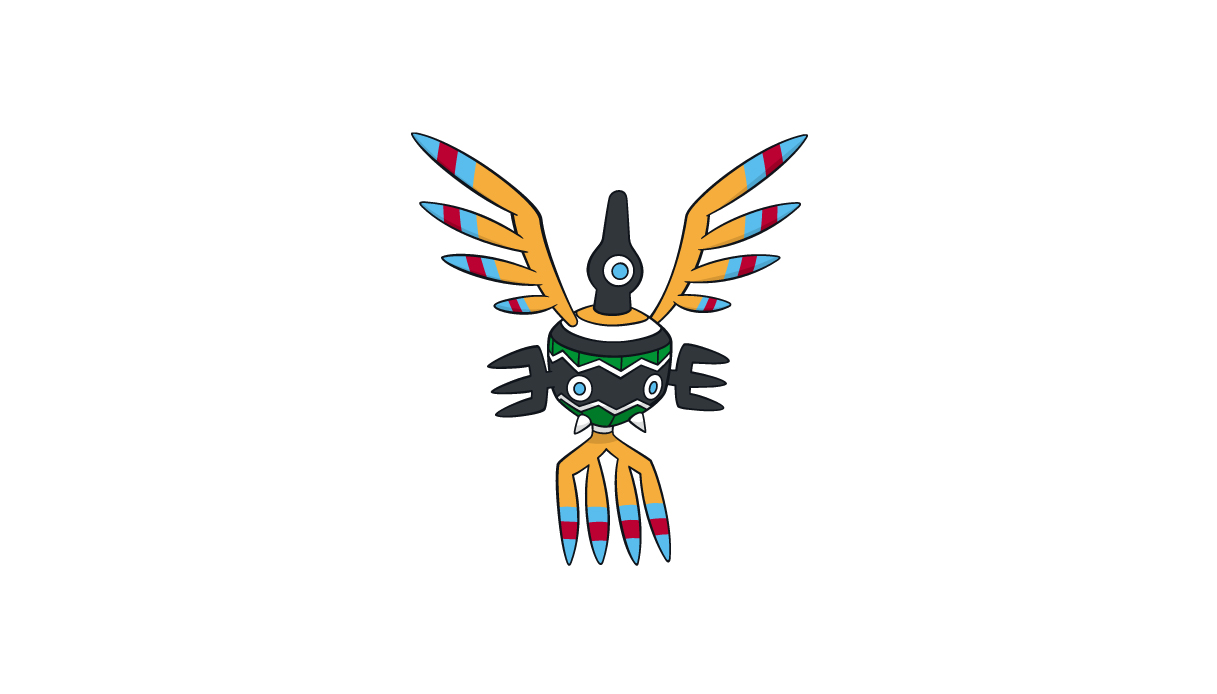The Pokémon Sigilyph was created from a geoglyph of over 300 meters found in Peru.
This is not the first time that the creative team of Pokémon has been inspired by historical symbols and ancient legends to create the characters of the adventures that have fascinated and continue to fascinate thousands of people around the world. The same has probably happened with some of the world’s most important archaeological finds, the Nazca and Pampas de Jumana lines and geoglyphs (colloquially known as the Nazca lines), large figures that come from the Nazca culture, active from the 1st to the 7th century in ancient Peru. Among all the figures that are part of this incredible cultural heritage, in fact, there is one that was the one that inspired the creation of Sigilyph, Pokémon that has “inherited” its personality from the geoglyph to which it is evidently inspired.
The Nazca Line and the great dimensions
One of the most important figures that are part of the Nazca Lines is the Nazca bird. This figure is found in the Nazca Desert, has a total length of 300 meters and is the one that creators used as inspiration to create Sigilyph.
It is thought that the people of the time depicted very large figures so that they would be visible through the “sky by the Gods”, to whom the people of the time were devoted. Their origin dates back to the period between 500 B.C. and 500 A.D.
In this country numerous historical artifacts have been found that have great significance worldwide. In particular, in the area of Nazca and Pampas de Jumana. Sono immagini rappresentate sul territorio dell’omonimo deserto, che si trova nel Perù meridionale. Questo gruppo di geoglifi include oltre 13 mila linee, per un totale di oltre 800 disegni, che raffigurano degli animali tipici di quella zona, in forma stilizzata.
Il Pokémon Sigilyph ispirato a un geoglifo
Il Pokémon Sigilyph, che è stato introdotto con la quinta generazione, ha attirato l’attenzione per la sua particolare forma. Una curiosità interessante è che, oggi, gli appassionati e gli studiosi hanno riscontrato una grande somiglianza con questo personaggio e un geoglifo in particolare che rappresenta un uccello (un colibrì nello specifico). Ha, come già detto, una lunghezza di oltre 300 metri ed è una delle figure simbolo della cultura Nazca.
 Fonte foto: Pokémon Central
Fonte foto: Pokémon Central
Oltre alla sua forma, adattata dall’illustratore che lo ha creato, anche le caratteristiche del Pokémon prendono ispirazione dal luogo di origine del geoglifo in questione. Sia nel gioco che nel cartone animato, difatti, anche Sigilyph si può trovare solo ed esclusivamente in una specifica zona desertica del mondo dei Pokémon: questo Pokémon di tipo Psico/Volante può essere trovato proprio nell’area desertica situata tra Porcelain City e Majolica City nella regione di Unima.
Il fenomeno Pokémon
I Pokémon hanno appassionato, nel corso degli anni, diverse generazioni. The cartoon first and then the application, have helped to make the animated monsters a true cultural phenomenon worldwide.
The family of Pokémon, created by Japanese Satoshi Tajiri in 1996, continues to grow, always welcoming new species. The inspirations of the creators are numerous and quite diverse, but it is this one in particular that, lately, has aroused great interest.
The mysterious meaning of the Nazca bird
In the Nazca Desert, there are hundreds of gigantic geoglyphs, depicting birds and other creatures with feathers and wings, some as large as two and a half soccer fields. They are so huge that they can only be seen from hundreds of feet away, from above.
These carvings, called the Nazca Lines, have puzzled everyone who has tried to understand them, from archaeologists and anthropologists to astronomers and even UFO enthusiasts. Some researchers, for example, have compared the morphological traits of 16 geoglyphs in Nazca and Pampas de Jumana with the characteristics of modern birds living in Peru. This careful analysis revealed a number of discrepancies between the birds’ geographic features and the taxonomic groups in which scientists had previously placed them. In other words, the geoglyphic birds actually didn’t look much like their supposed real-life counterparts.
In the past, the geoglyph that inspired Pokémon has been compared to a hummingbird, but according to a study published in the “Journal of Archaeological Science: Reports” many of the birds seen in the Nazca Lines are actually found in regions far from the desert plains of Peru. It is possible, then, that the creators of the drawings encountered these exotic birds while gathering food on the coast.
The mystery, however, lies behind their significance. It’s clear, the researchers explain, that these animals represented something more to them (otherwise they wouldn’t have paid tribute to them in this way), but what? No one, until now, has been able to answer for sure.